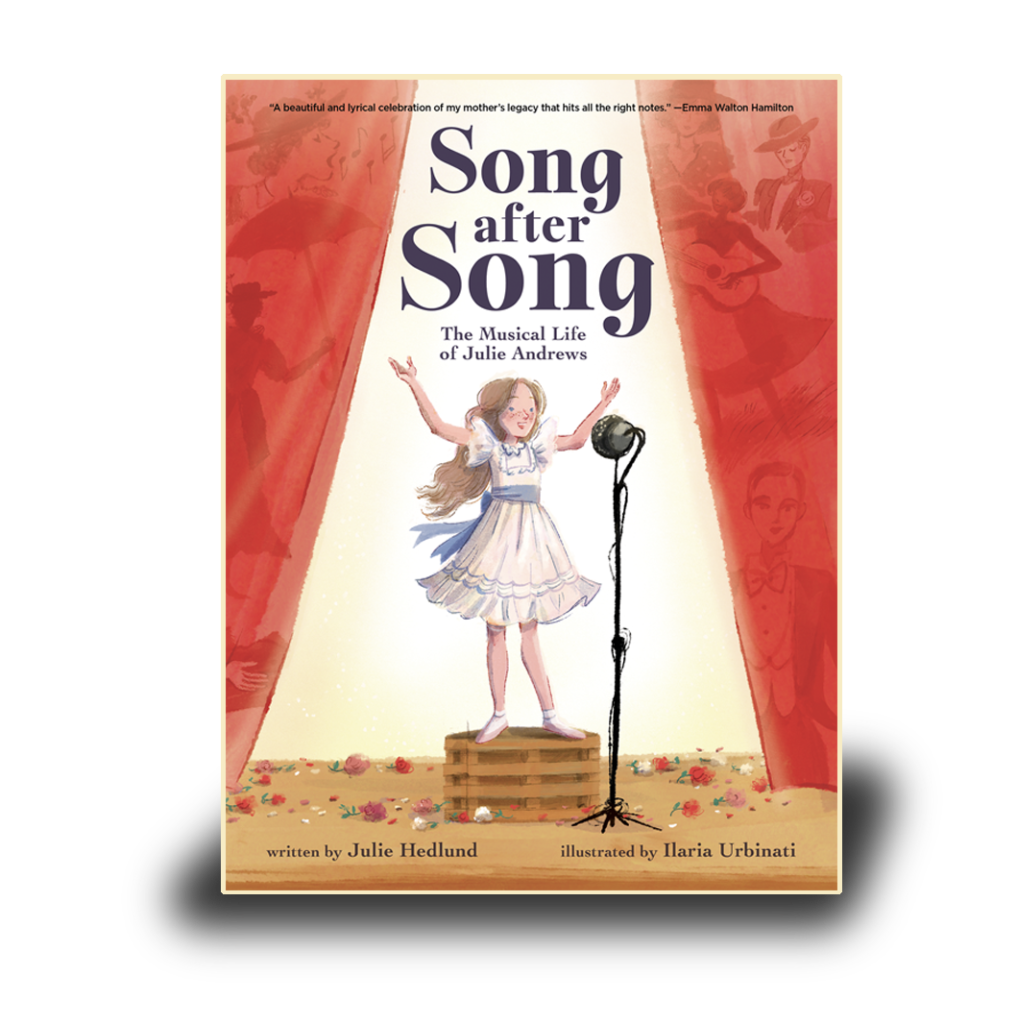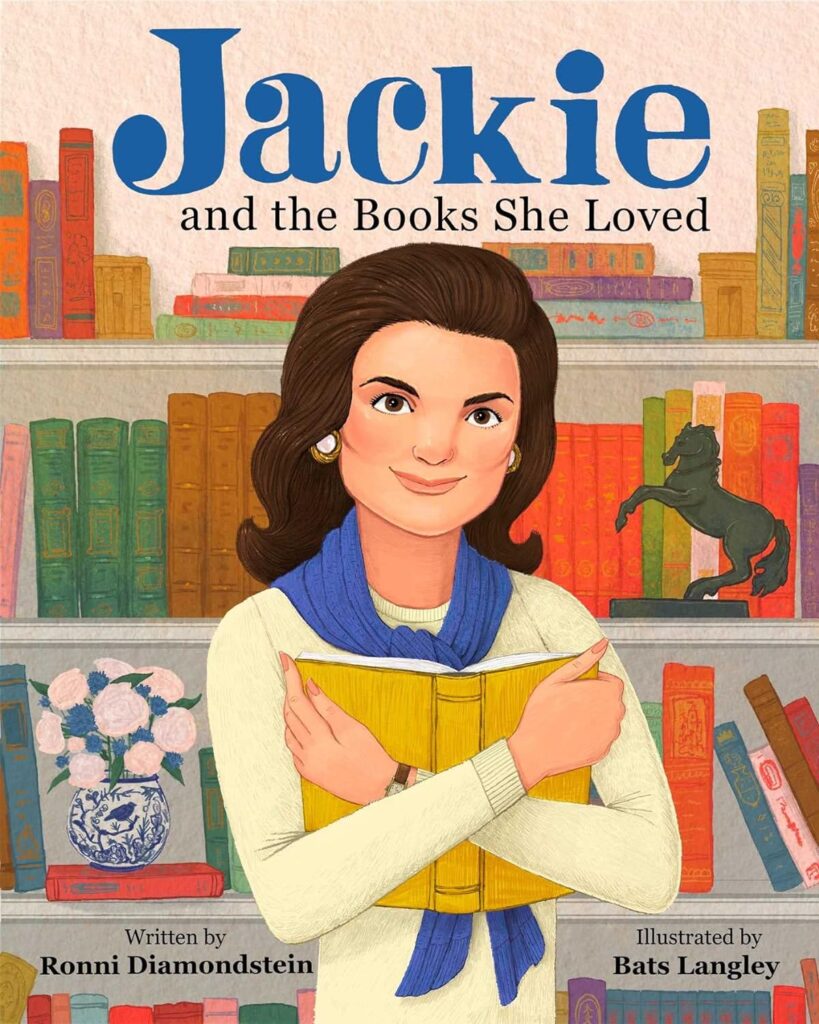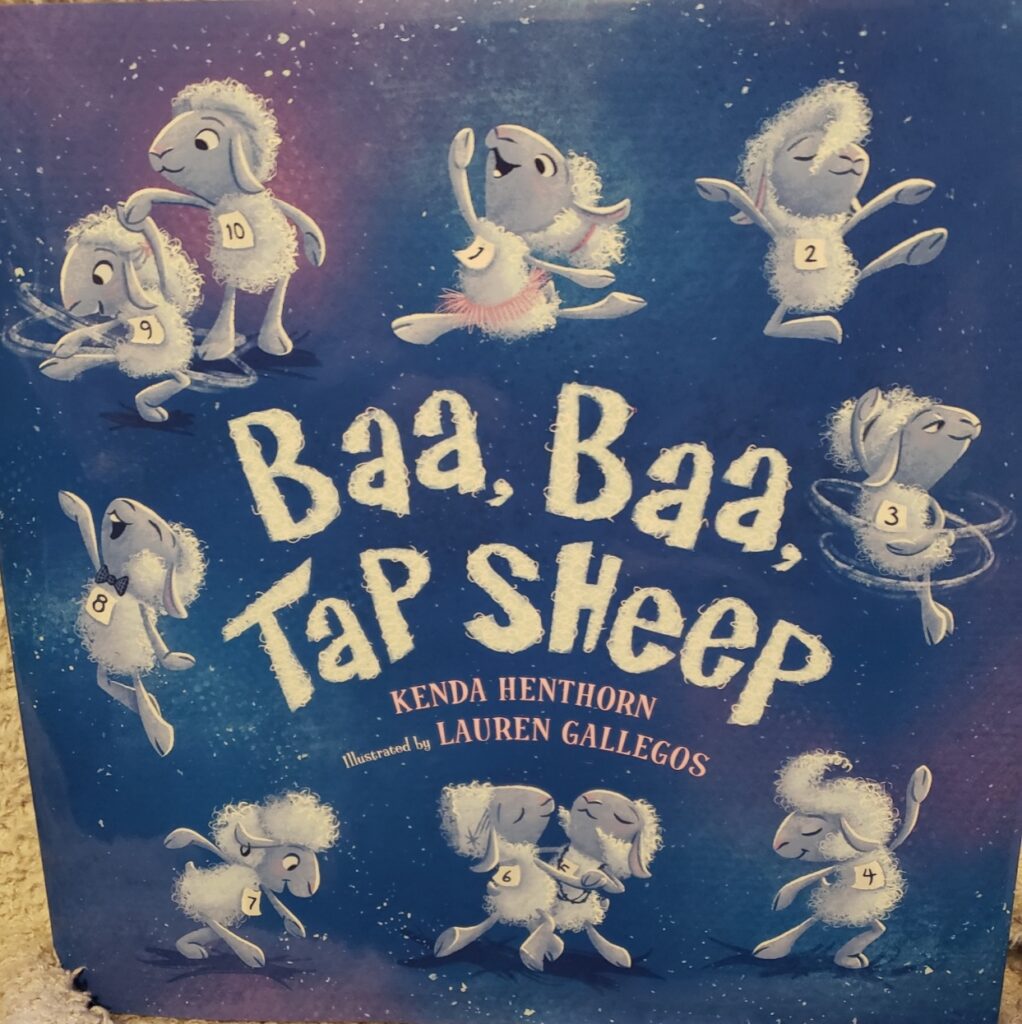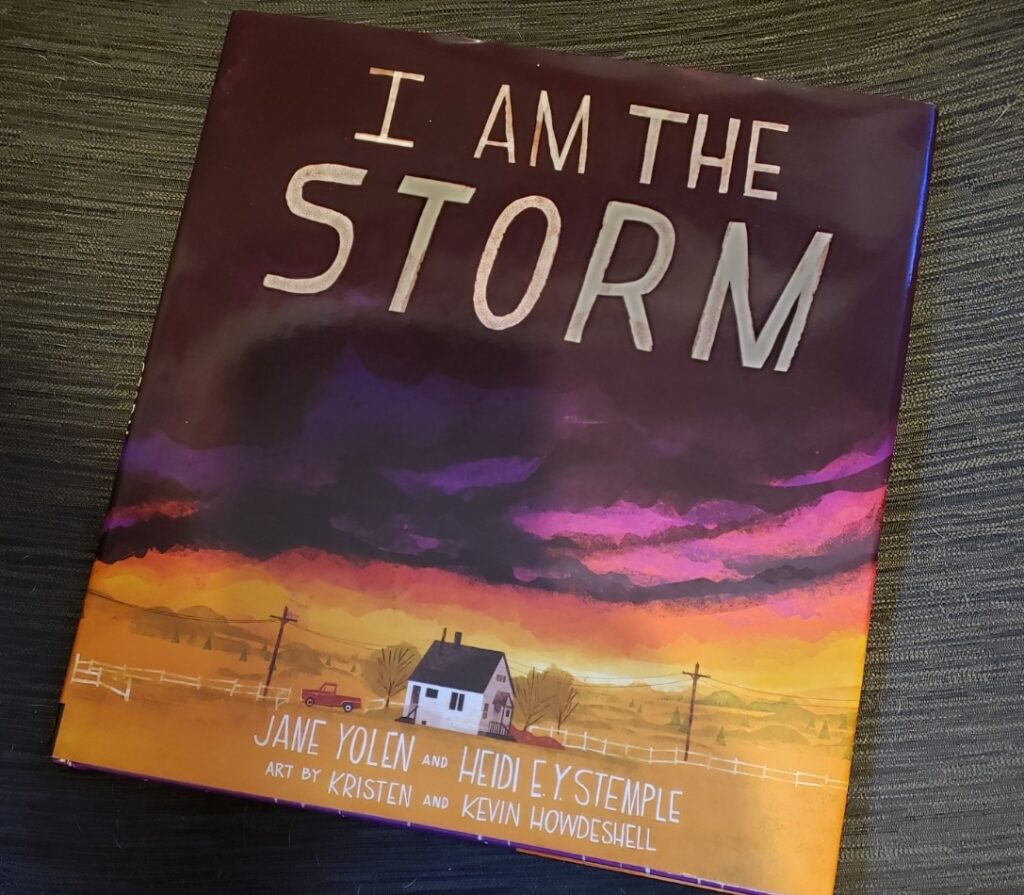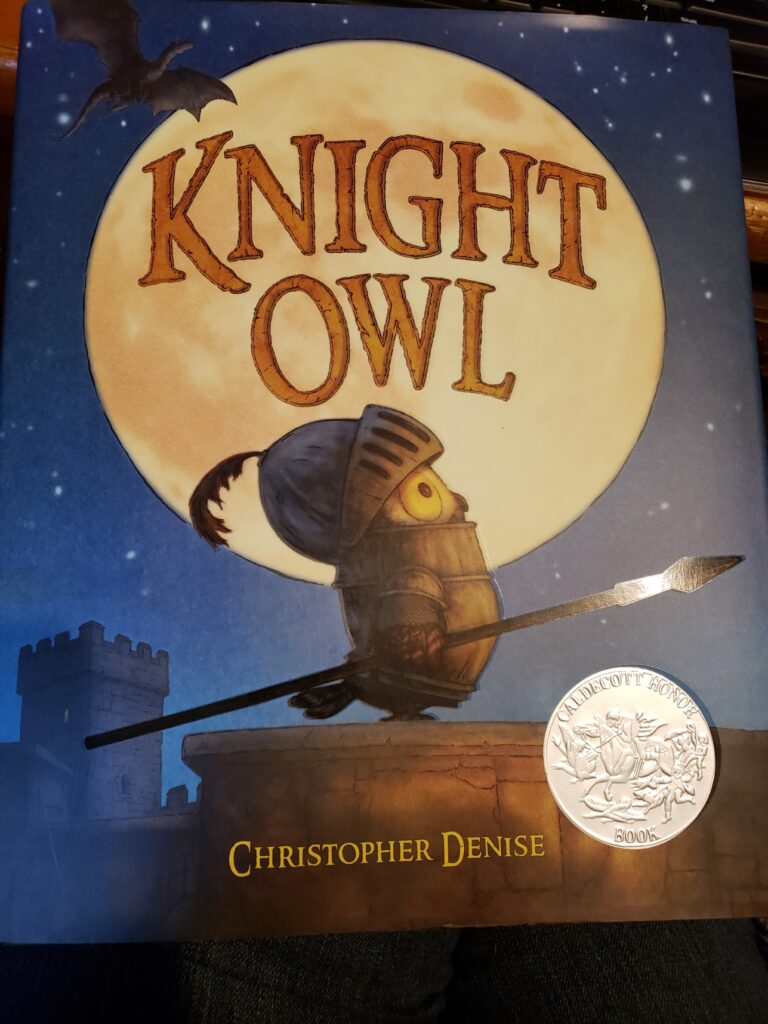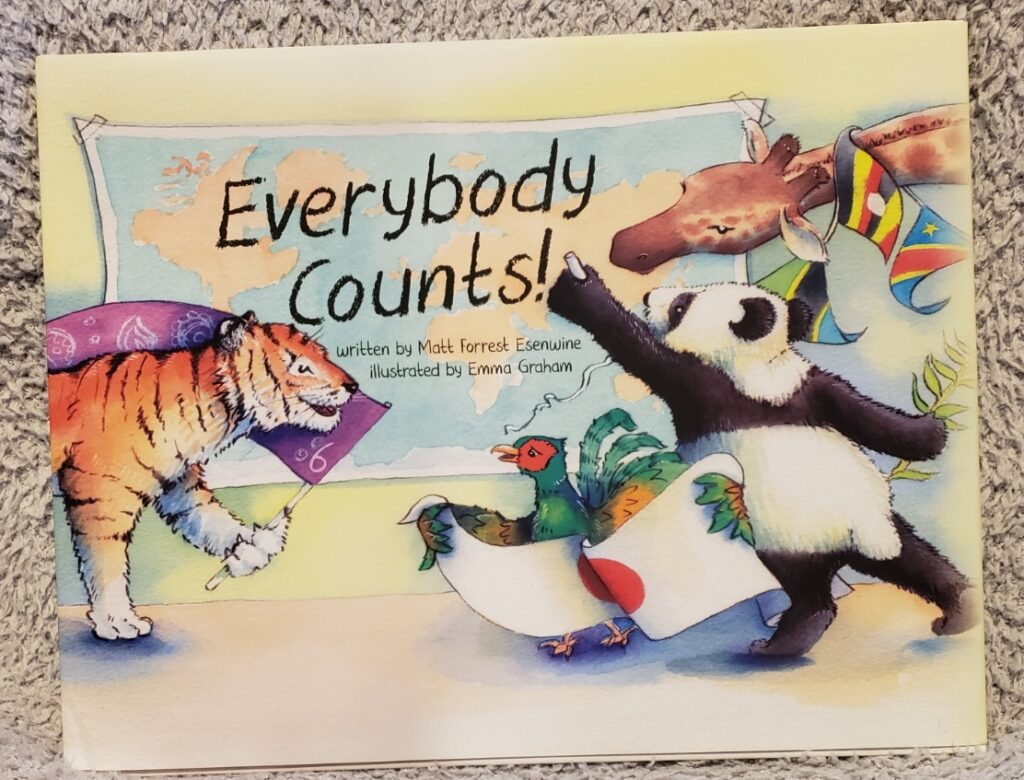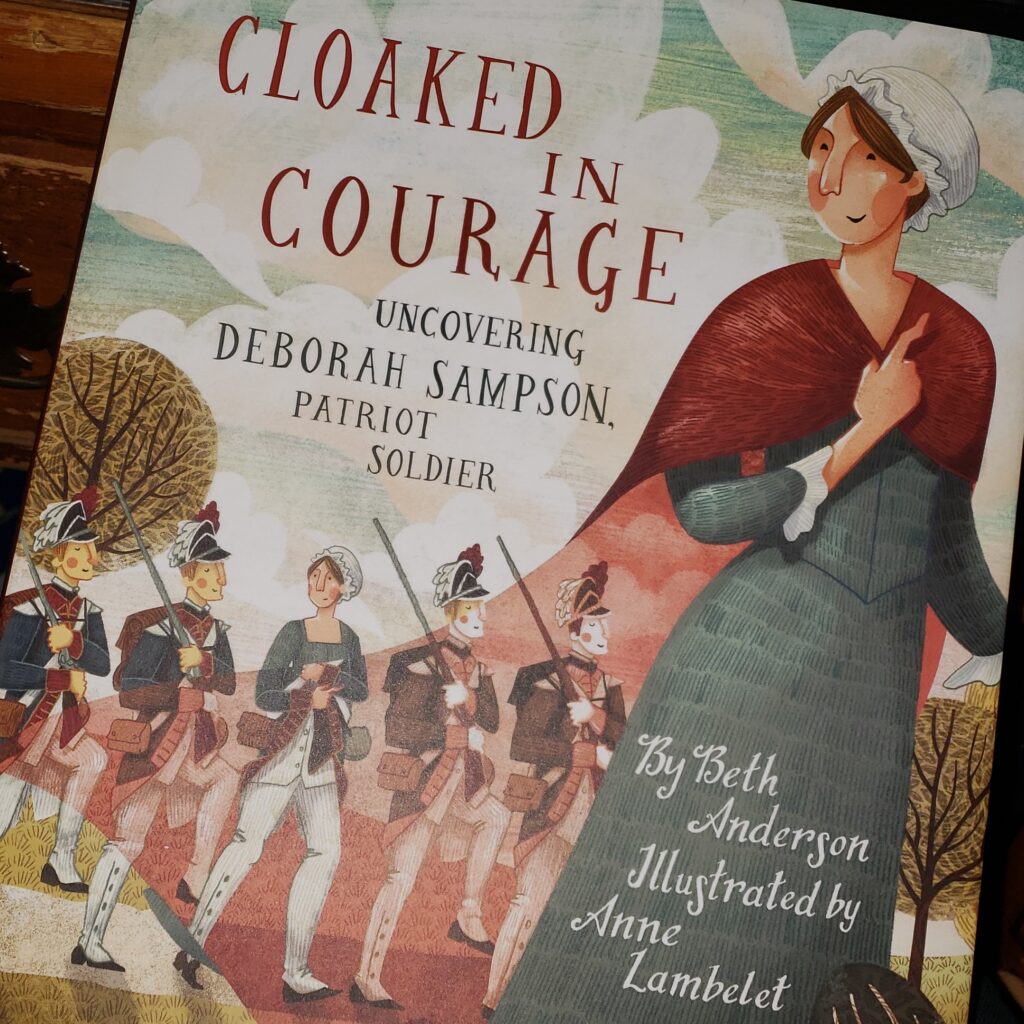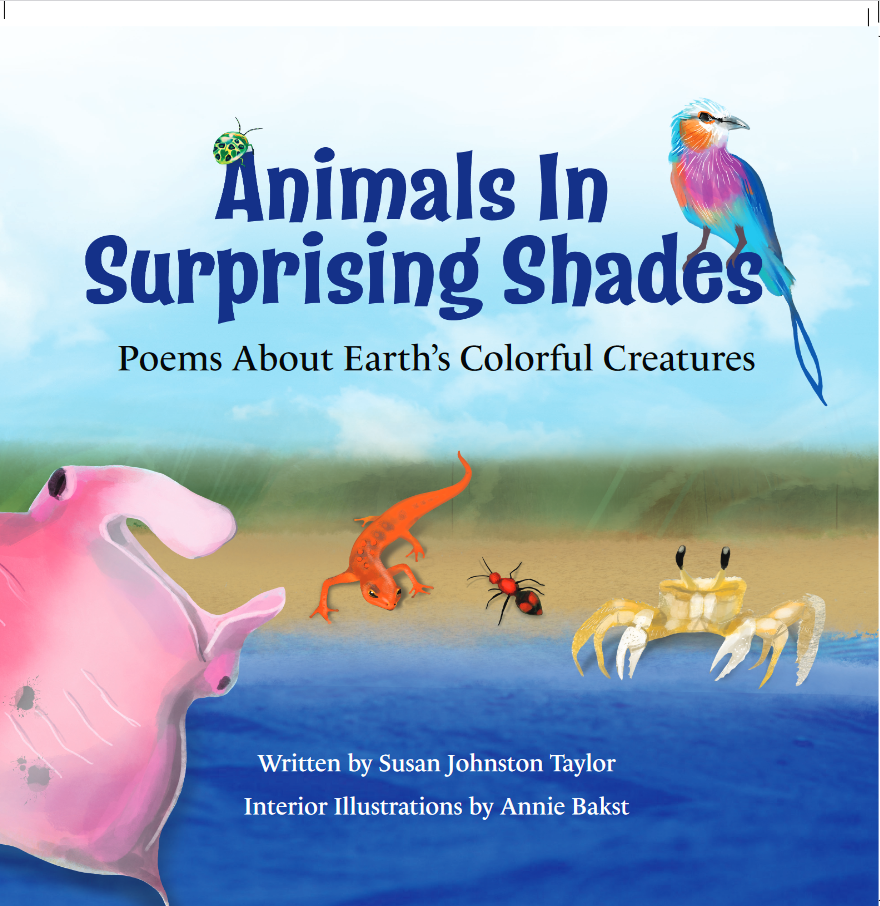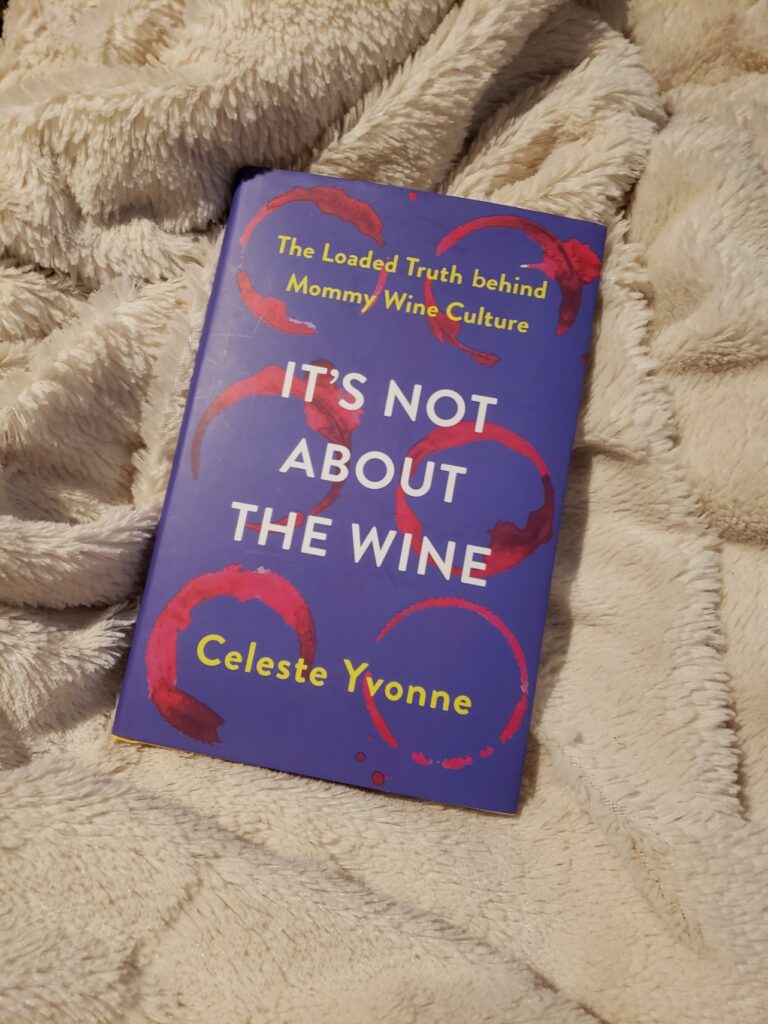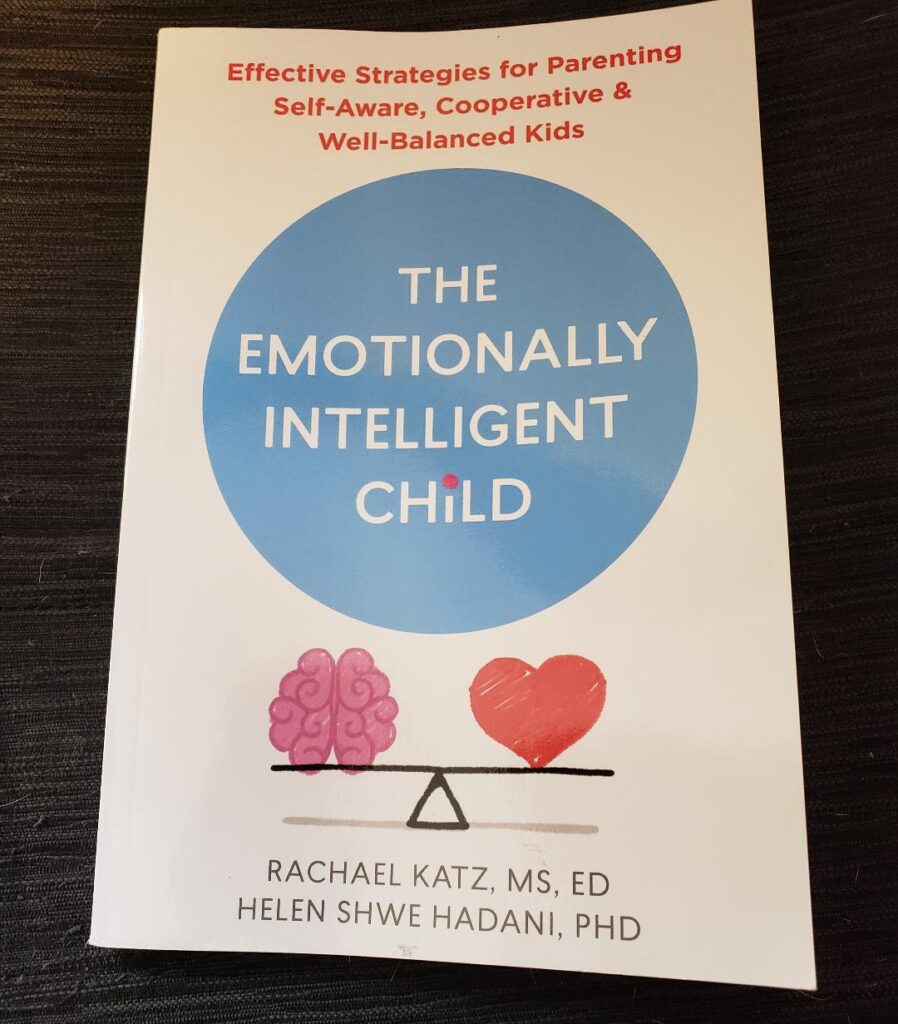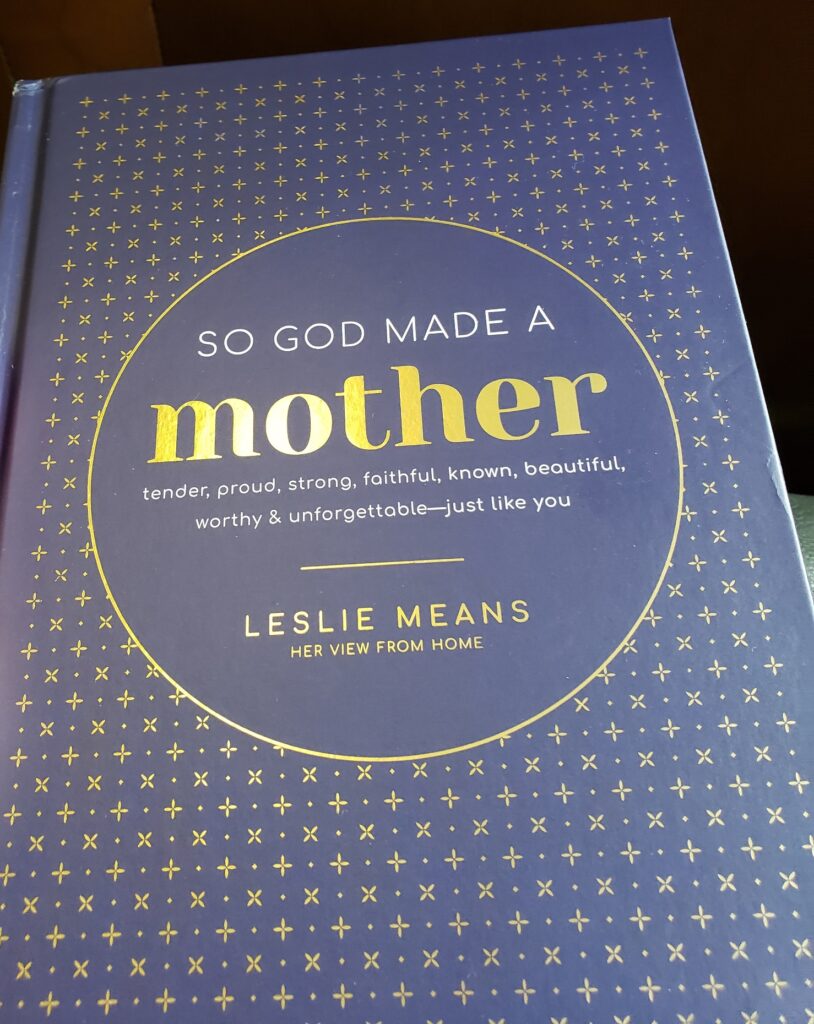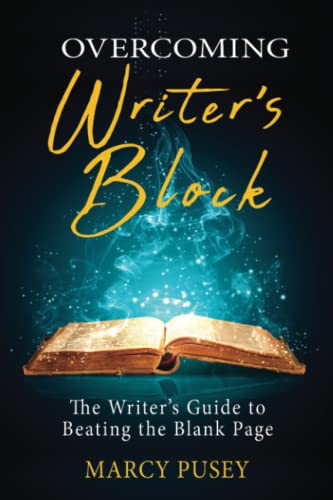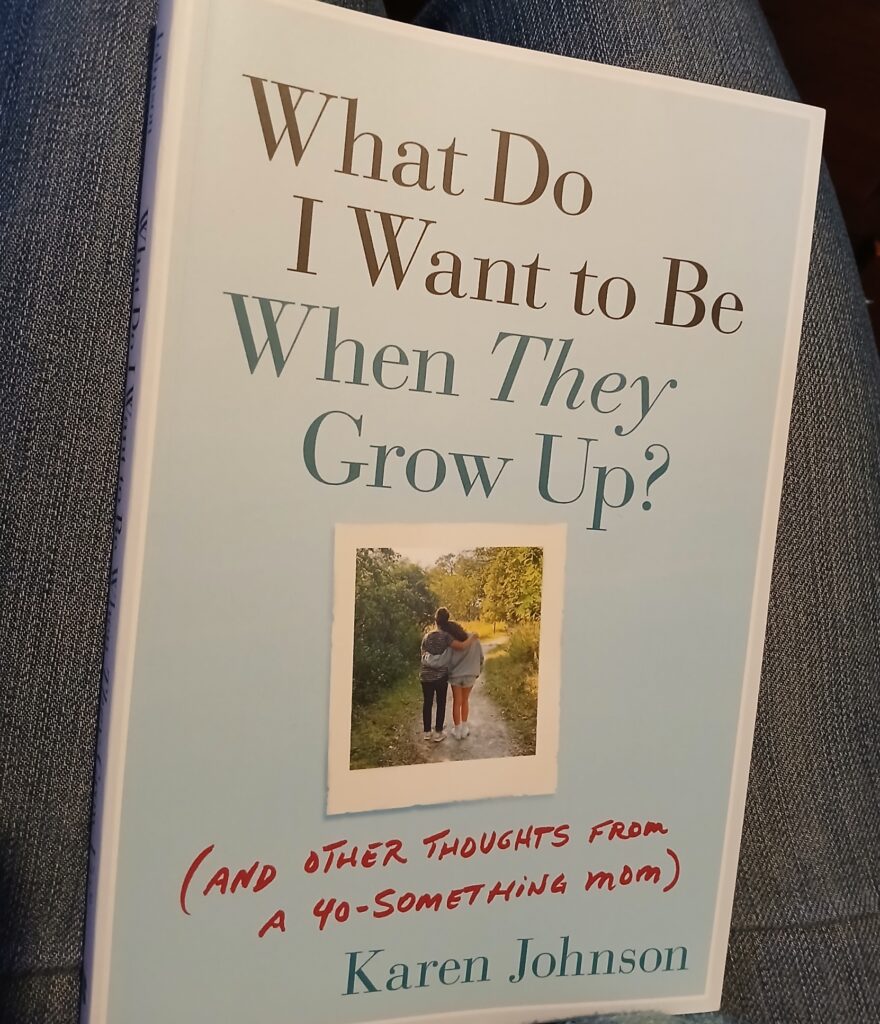
I’m always excited to get my hands on a new book written by one of my colleagues, and when I heard this title, I knew it was a must read! What Do I Want to Be When They Grow Up? (And Other Thoughts From a 40-Something Mom) by Karen Johnson is a relatable book that will be particularly helpful to parents entering the teen phase of parenting.
I am a few years ahead of Karen (in both age and parenting stage) and found myself nodding through much of the book. We have much in common, from leaving careers we loved to be stay-at-home moms (SAHMs) to feeling a bit adrift when we realized that everyday parenting would eventually come to a close. Any woman of a certain age fully understands the shocking ways our bodies betray us and how very un-funny it is that our teens’ hormonal changes often happen at the same time as ours.
This book is a combination of memoir and self-help, with a focus on learning more about oneself through self-reflection and goal setting. It’s not often that a book makes me sit up and say “Wow, that makes complete sense. Why didn’t I see this myself?”
In one chapter, Johnson talks about losing herself in motherhood (I’m sure most moms can relate) and refers to it as a grieving process. Though I left full time work more than 30 years ago, these words were a revelation: I never thought of it in like this before, but it is so true. And like any other form of grief, neglecting to feel and process it makes life much more difficult. Another revelation — this grief repeats itself over and over: for the careers and/or lives we once thought we would have, for the end of each childhood stage, for the hopes and dreams for our children (theirs or ours) that at some point we realize won’t happen (and sometimes even when we know it is for the best).
Of course, there is no one answer to “What do I want to be when they grow up?” nor should there be. None of us can truly predict where our lives will take us (nor would I want to). But society implies there’s a “right way” to parent, which too often just makes us feel inadequate. In this book, Johnson does a good job of explaining how unpredictable parenting can be (sorry, planners) and encourages readers to be flexible, to be forgiving of yourself, and to continually ask questions to help learn more about you. If you follow the 21st Century SAHM on social media (and if you don’t, do so now), you already know how very approachable and real this book is. It’s like sitting down with a good friend.
Note: Though a copy of this book was provided free of charge, no compensation was made for this review and the opinions are exclusively mine. KY





























